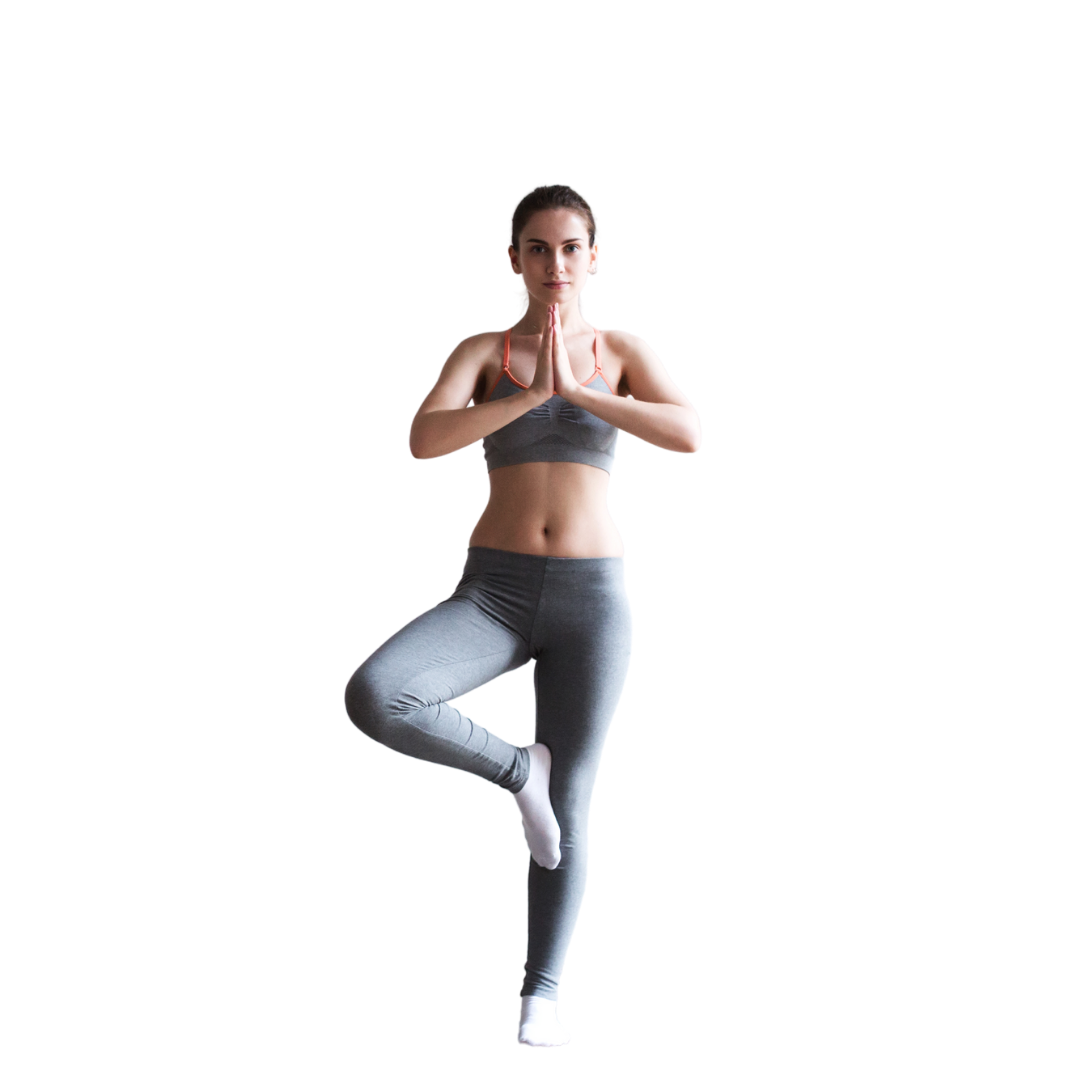Yoga for Anxiety

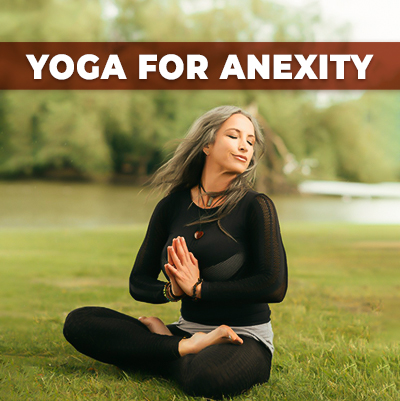
Anexity & Top 6 Effective Yoga Asanas to manage it
Table of content
What is Anxiety
Table of content
Anxiety is a normal human emotion characterized by feelings of worry, nervousness, or fear about the future or potential threats. There is a very fine line between nervousness and anxiety.
Nervousness will subside after a particular time or day, just say within an hour or day but if the same nervousness is going ahead for weeks and months and years and along with that, your are facing sadness, tremors, shaking, drizziness, then its anxiety disorder which is not at all normal.
Anxiety, depression, and stress is a very common terminologies which we are facing in todays modern era and its our responsibility to make our society aware so that they do not face this type of disease and even if they are facing they should know which is the correct time to take action on it.
Causes
Anxiety can be caused by various factors, such as biological, psychological, and environmental factors which can be from:
- Genetics
- Hormonal imbalance
- Traumatic past experiences
- Major life changes
Symptoms
- Insomnia
- Rapid heartbeat/restlessness
- Tremors
- Weak Immune system
- Irritated
- Unhealthy behaviours like smoking, consuming alcohol
- Overeating
- Sadness
- Chronic attacks
How we can manage anxiety
Can we really overcome anxiety? If you have taken the action early in its diagnosis, the answer is yes. “Prevention is better than cure”. The same applies to any disease and not only with anxiety.
The second thing that comes here is your eating habits. What do I mean by saying this. I meant to say that have a proper portion of food at an appropriate time. Read about the things which is getting into your body. Have mindful eating. Eat colorful food; that does not mean to eat candies and junk, but instead, your plate should look bright, for it should have protein, carbohydrates, minerals, fats, vitamins, and water.
Now, the question is how we can overcome anxiety. So the answer to this is involve any physical activity be it walking, Yoga, meditation or just a breathing exercise. You will notice tremendous positive outcomes by practicing any of this activity. Yoga can be perfect as it aligns your mind, body and soul.
It relaxes your mind and body and so it can be very beneficial for managing anxiety. With Yoga, you can also practice meditation and breathing exercises and be consistent with your activity. Now let us just understand what all Yoga poses needs to be done to alleviate stress. There are many yoga poses that can manage the anxiety level, naming some camel pose, forward bending, bridge pose, fish pose etc. Enlisting few poses with demonstrations for easy understanding.
Yoga Poses for Anxiety
Cat And Cow Pose
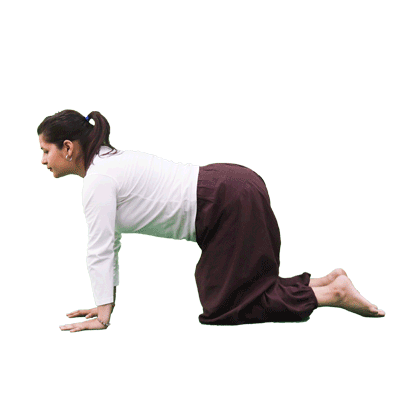
Steps to perform:
• Start by keeping your palms and knees on the mat.
• Shift your weight back and forth and side to side.
• Breathe in, let your belly fill with air, and drop to the mat.
• Exhale and take your navel towards the spine as much as you can.
• Continue this flowing motion for a few minutes.
• Release by sinking back into the child's pose (Balasana) for a moment.
Uttanasana (Bending forward while standing)
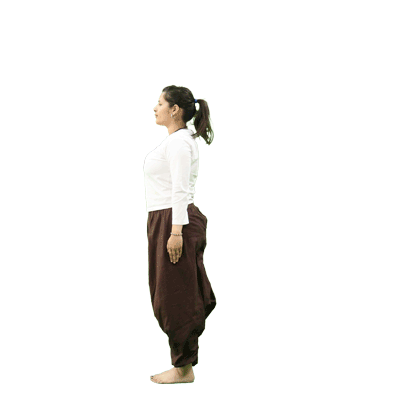
Steps to perform:
• Stand straight on the mat with a happy attitude.
• Exhale and lean forward, placing your palms on the ground near your heels.
• Do not let your head touch your knee; stretch your neck and look up.
• Breathe normally and stay in this position for about a minute.
• Raise your head first, breathe, and raise your arms back to the starting position.
Sukhasana (Easy Pose)
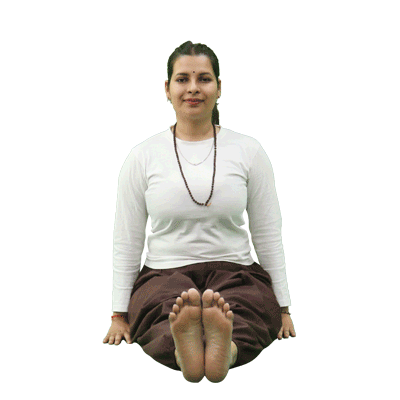
Steps to perform:
• Sit down comfortably on the ground and bend your knees.
• Keep both your hands in your lap or on your knees.
• Keep the spine, neck, and head straight.
• Concentrate on the breath.
Matsyasana
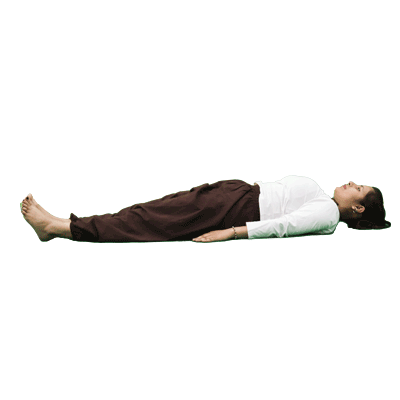
Steps to perform:
• Sit with your legs stretched out in front of you.
• Place your hands on the mat behind you so that your fingers are under your butt.
• Place your elbows on the mat and lean back, aligning your shoulders with your elbows.
• Gently lower your head back as far as is comfortable.
• Keep your chest up and open, imagining the rope pulling it up into the sky.
• Take three deep breaths.
Child Pose
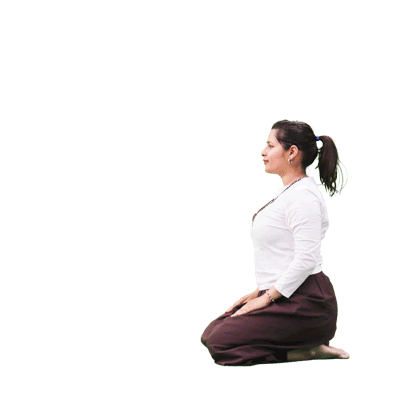
Steps to perform:
• Sit on your knees keeping your heels under your hips.
• Inhale and stretch both your hands upward.
• Exhale and bring your hands in front of you onto the mat.
• Ensure your chest rests on your thighs and your forehead on the mat.
• Relax in this posture for 5-7 breaths.
Corpse or savasana
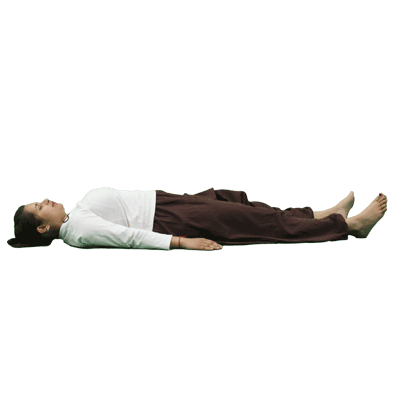
Steps to perform:
• Lie comfortably on your mat, keeping a distance of 1 foot between your legs.
• Keep your palms facing the sky.
• Gently close your eyes and guide your body to reach a state of relaxation.
• Convey every single cell of your body to stay calm and relax.
Conclusion






With the right tools, resources, and support systems in place, individuals can learn to cope with anxiety and lead fulfilling lives. Do not delay the appointment with the doctor if you are facing some unforeseen circumstances in your daily life. Understanding the causes, symptoms, and impact of anxiety is crucial for effective management and support. Early diagnosis and early action will let you live a peaceful life.
क्या आप योग में करियर बनाने को लेकर "Confuse" हैं?
Join Free Webinar By Maneesh Sir
- Know About Opportunities in the Growing Yoga Sector.
- Learn from a Yoga Teacher with Over 15 Years of Experience.
- Special Offer for Webinar Attendees.


